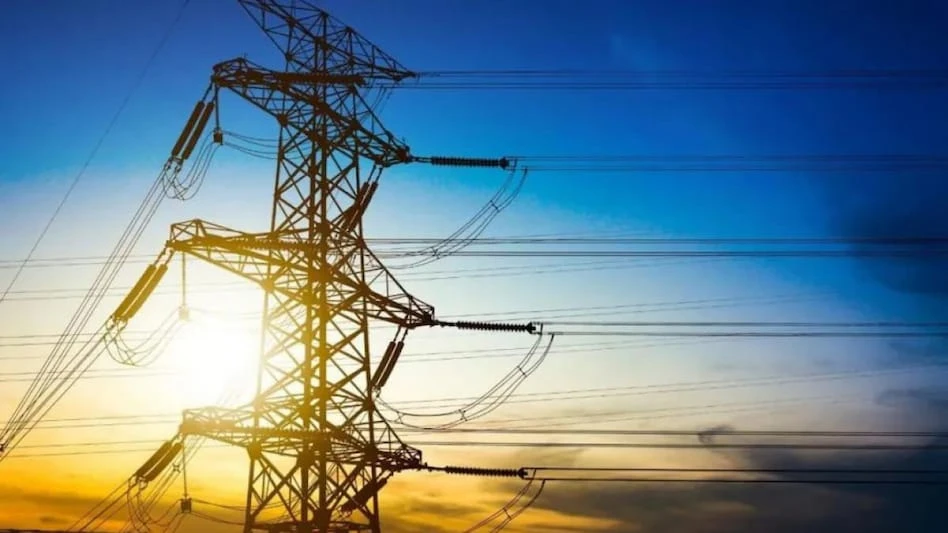
There is pressure on export companies to retain workers even as orders are being cancelled, domestic purchasing power is continuing to decline, and businesses are finding ways to cut costs and maintain production. In such a dire situation, electricity woes are only adding to several of the existing problems.
Businesses discouraged
When asked about the impact of the 3 percent increase in electricity price from 4 May on the production and business activities in his enterprise, Mr. Đỗ Phước Tống, Chairman of the Board of Directors of the Duy Khanh Mechanical Company, likened it to a hard punch in the face at a time when businesses are having such a difficult time.
Mr. C.T., General Director of a leather and footwear enterprise, agreed with this viewpoint. He shared that while enterprises in the textile, garment, and footwear industries are struggling to find orders, even accepting smaller orders, cutting overhead costs, and accepting huge losses to maintain operations and ensure jobs for workers, the increase in electricity price is most discouraging for businesses. With production costs increasing, the selling price of products cannot increase at this time, and businesses have to try to maintain prices to retain their existing customers.
The news that Vietnam Electricity (EVN) is proposing an increase in electricity price by September is making many businesses feel frustrated by the monopoly of the electricity industry. At the same time, they are expressing disagreement with the opinion that increasing electricity price will make businesses use electric power more economically.
According to a report by Mirae Asset Securities Joint Stock Company, the increase in the retail price of electricity may have a negative impact on some electricity intensive manufacturing industries such as cement, chemicals, steel, and paper. It is estimated that the cost of electricity accounts for 9 percent to 10 percent of the cost of goods for the steel and chemical industry, 14 percent to 15 percent of the cost for the cement industry, and 4 percent to 5 percent for the paper industry.
A 3 percent increase in electricity costs can lead to a 15 percent decrease in the pre-tax profit of the steel industry, 2 percent for the paper industry, 13 percent for the cement industry, and 1 percent for the chemical industry. An increase in electricity price will increase the cost of production in all manufacturing units and reduce the profit of all enterprises as well.
However, the concern about electricity price increase is not yet over. Businesses, especially those in the North, have to worry about dealing with power shortages and sudden power cuts.
Talking to Saigon Investment, Mr. Đặng Văn Sơn, Vice President and General Secretary of the Vietnam Pulp and Paper Association, said that the unannounced power cut in many Northern localities is having a great impact on the running of machinery, especially the wastewater treatment system for the environment. When there is a sudden power cut, the system must stop working, and in the long run it will cause unpredictable consequences for all businesses.
Obstacles in roof voltage
According to the Vietnam Association of Seafood Exporters and Producers (VASEP), there have not been specific complaints from businesses regarding the increase in electricity prices, but this is certainly not what any business wants in the current difficult situation. Some businesses want to remove obstacles in roof voltage installations. This is a very urgent issue for businesses in this industry because it reduces costs and will have more benefits in trading with partners when using renewable energy. This fact was presented by Mr. Nguyễn Hoài Nam, Deputy General Secretary of VASEP at the conference on green energy for businesses in mid-May.
In the seafood industry, there are currently nearly 900 factories nationwide of industrial scale. The primary concern faced by factories is the need for effective cold storage, specifically lowering the temperature to minus 40 degrees, in order to maintain the freshness and longevity of the produce.
Besides, with most of the cold storages using 380V electricity, the energy demand is certainly very huge. The seafood industry must fulfill commitments to customers on green consumption, product value increase, and competitive advantage. However, enterprises still face difficulties when installing rooftop solar power for seafood and packaging factories. This issue is in legal documents sent to the Prime Minister under Decision 13/2020/QD-TTg for the installation of roof voltage systems for businesses.
VASEP has proposed to functioning agencies such as the Ministry of Industry and Trade to support businesses to invest in and install rooftop solar power and be allowed to connect and install anti-reverse devices. The Government has issued a new policy on rooftop solar power installation making it easier for businesses to invest in such installations.
Power shortages and sudden power cuts not only affect manufacturing businesses but also industries such as services and tourism. Ms. Thu Trang, a tour operator of a travel company in Hanoi, said that power outages, especially sudden power outages, negatively affect the tourism industry because this is the peak season. Hotels and restaurants will have to run generators which will add costs, and not all hotels and restaurants are equipped with generators, which will make visitors face discomfort. In order to save electricity, many tourist spots have to turn off their lighting, which also affects tourist travel decisions.
The worries of businesses and industries in the North are surmounting day by day, but electricity is still being cut. At a meeting to exchange information on the situation of electricity supply by the Ministry of Industry and Trade on 7 June, Mr. Ngô Sơn Hải, Deputy General Director of EVN, said that the northern region supply is 17,000 MW, but in hot weather, the load demand and consumption is up to 20,000 MW. Therefore, the power industry has to cut capacity and reduce electricity demand by up to 30 percent on the hottest days. Normally, electricity output is cut on average in the North by 6 percent to 10 percent every day, depending on weather conditions.




















